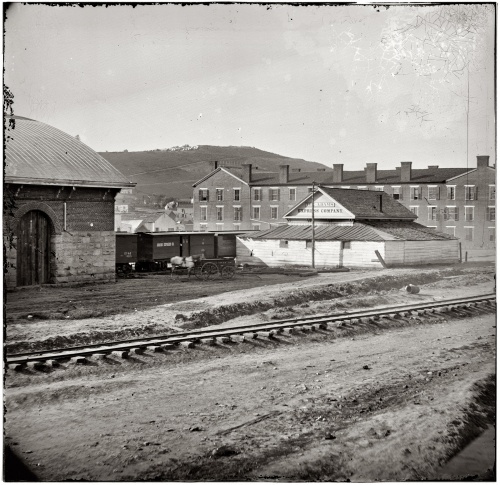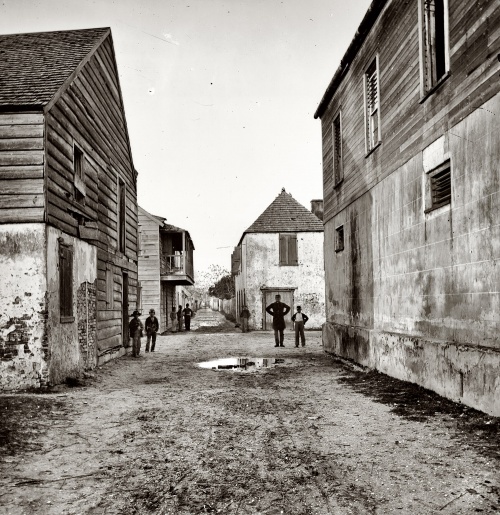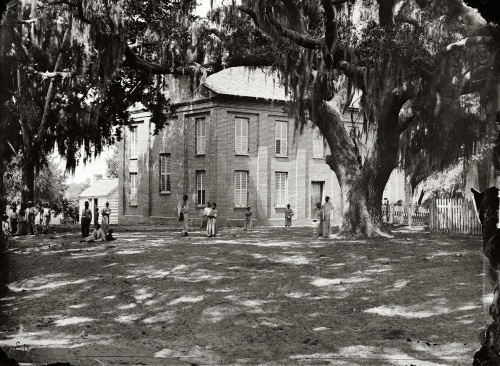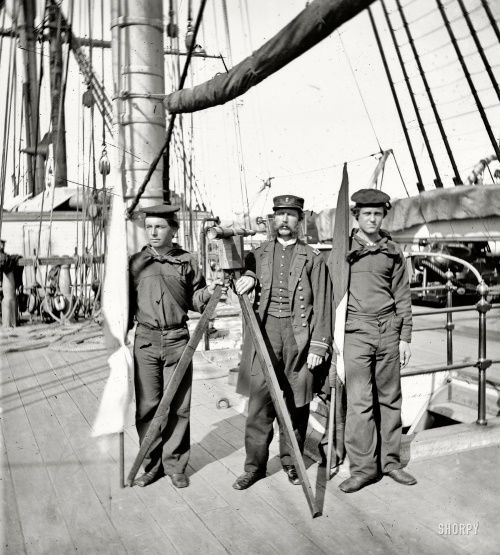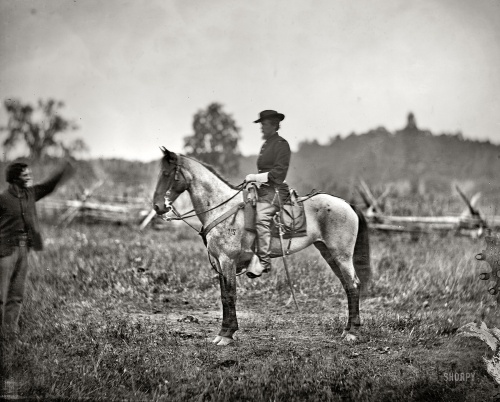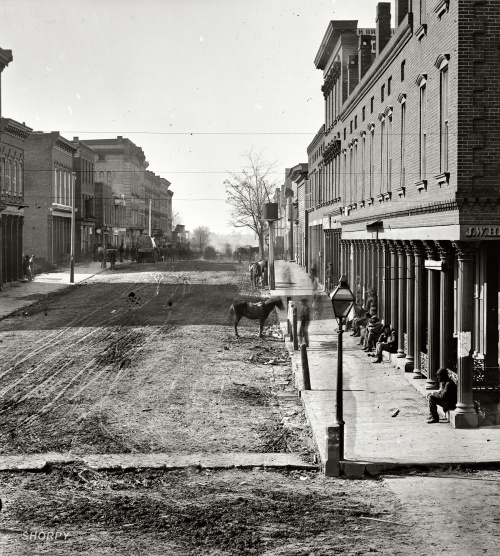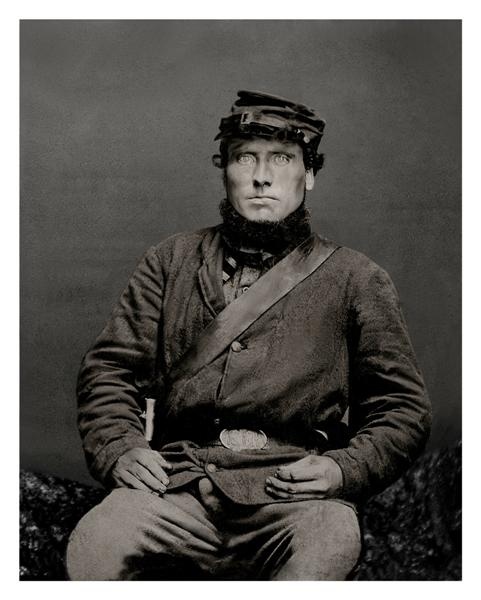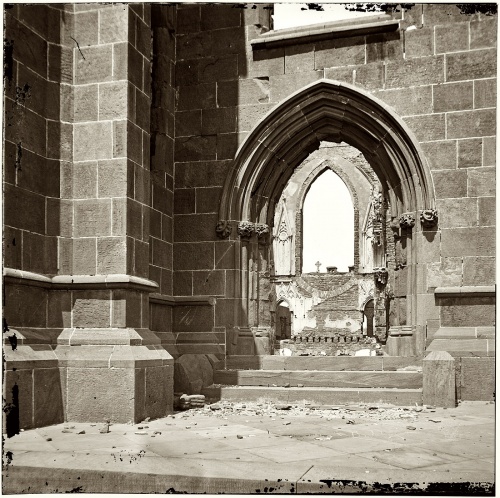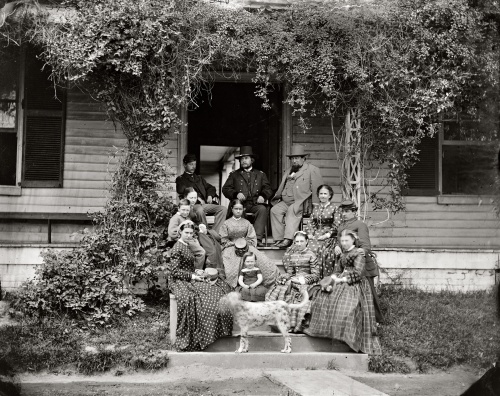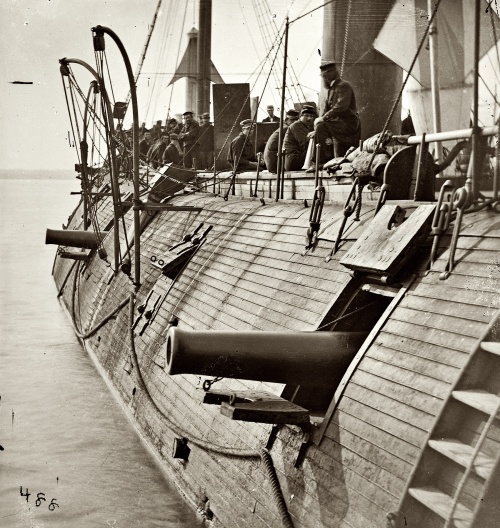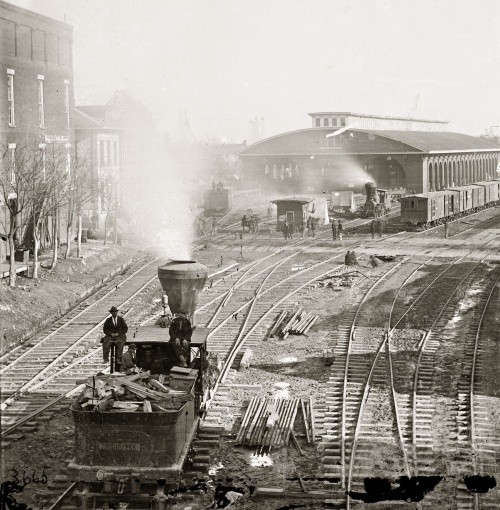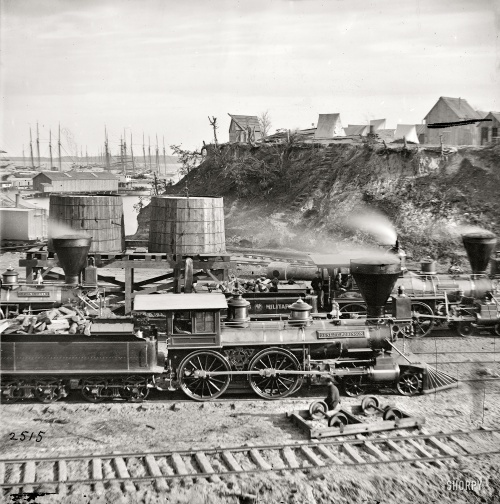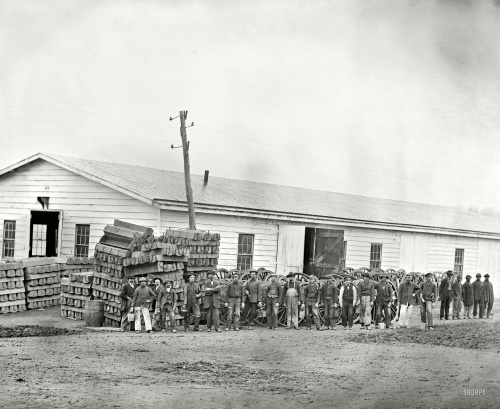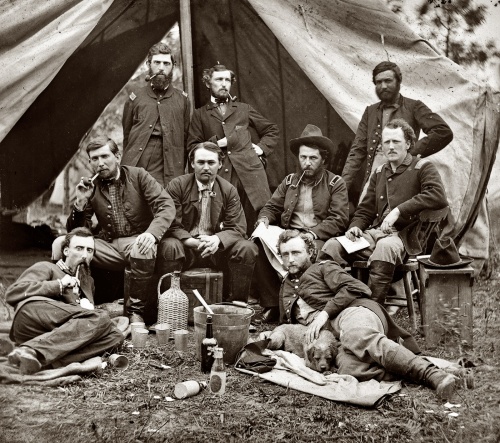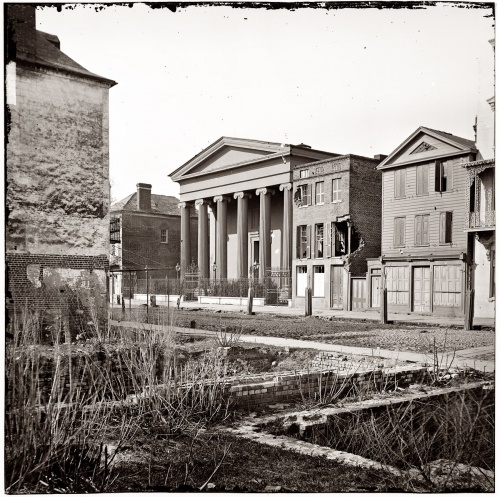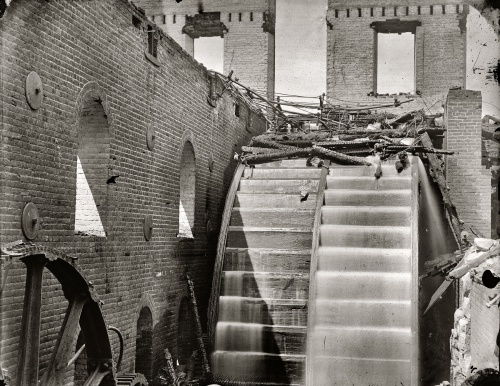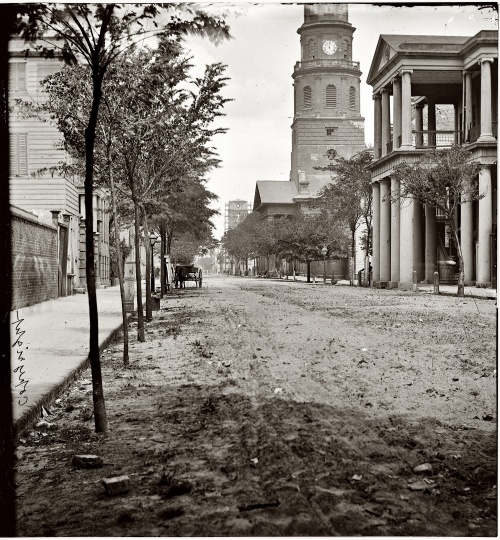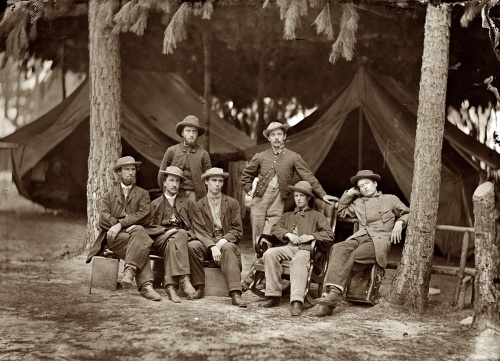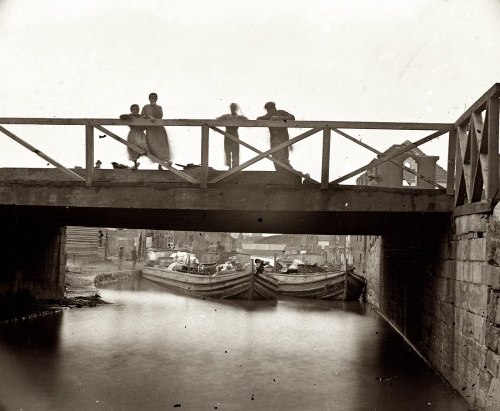Photo tour - American Civil War 1861 - 1865 (211 photos)
Causes of the war
In the first half of the 19th century, two systems emerged in the United States: slavery in the south of the country and capitalism in the north. These were two completely different socio-economic systems that coexisted in one state. The situation was aggravated by the fact that, despite the stable population growth and growth in economic development, the United States was a federal country. Each state lived its own political and economic life, integration processes proceeded slowly. Therefore, the South, where slavery and the agrarian economic system was widespread, and the industrial North were separated into two separate economic regions.
Entrepreneurs and the bulk of emigrants sought to move to the North of the United States. Mechanical engineering, metalworking, and light industry enterprises were concentrated in this region. Here the main workforce was numerous emigrants from other countries who worked in factories, factories and other enterprises. There were enough workers in the North, the demographic situation here was stable and the standard of living was sufficient. A completely opposite situation developed in the South. During the Mexican-American War, the United States received vast territories in the south, where there was a large amount of free land. Planters settled on these lands and received huge plots of land. That is why, unlike the North, the South became an agricultural region. However, there was one big problem in the South: a labor shortage. The majority of emigrants went to the North, so black slaves were imported from Africa, starting from the 17th century. By the beginning of secession, 1/4 of the white population of the South were slave owners.
Despite all the differences between regions, the same social changes were carried out in the South as in the North. In the North, a flexible tax policy was pursued, money from state budgets was allocated for charity, and the government to a certain extent tried to improve the living conditions of the black population. However, in the conservative and closed South, no measures were taken to emancipate women and equalize the rights of blacks with whites. A major role in the worldview of the southerners was played by the so-called “elite” - wealthy slave owners who had large plots of land in private ownership. This “elite” played a certain role in the politics of the southern states, as it was interested in maintaining its dominant position.
The South was an agricultural “appendage” of the United States, where crops such as tobacco, sugar cane, cotton and rice were grown. The North needed raw materials from the South, especially cotton, and the South needed the machines of the North. Therefore, for a long time, two different economic regions coexisted in one country. However, gradually contradictions grew between them. Among the most pressing conflict issues are the following:
1. Tax on imported goods (the North sought to make them as high as possible in order to protect its industry, the South wanted to trade freely with the whole world).
2. Problems surrounding slavery (whether runaway slaves should be considered free in free states, whether those who provide them asylum should be punished, whether southern states can ban free blacks on their territory, etc.).
3. The situation was not static: the United States captured new territories, and disputes arose regarding the constitution of each of the future states, first of all, whether the new state would be free or slave-holding. The coming to power of Lincoln, who declared that all new states would be free, meant for the southern states the prospect of remaining in the minority and in the future losing in Congress on all conflict issues to the North.
